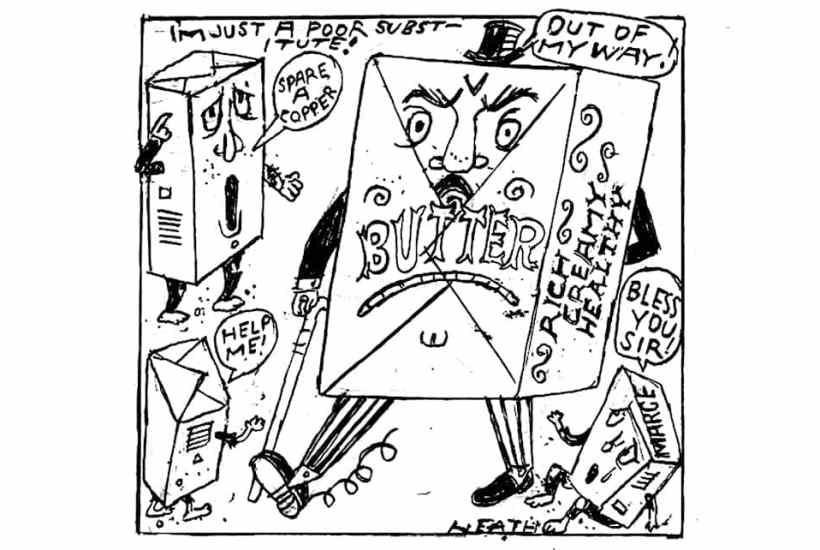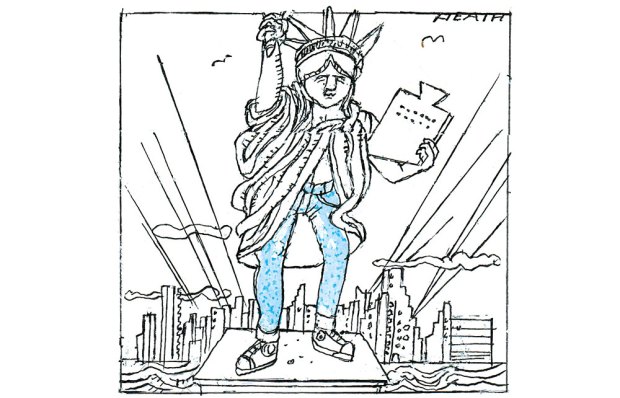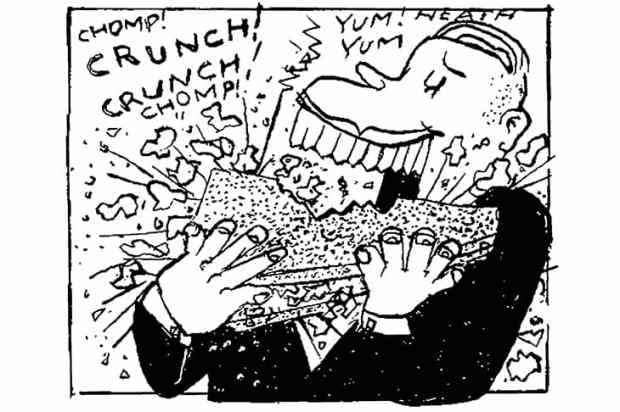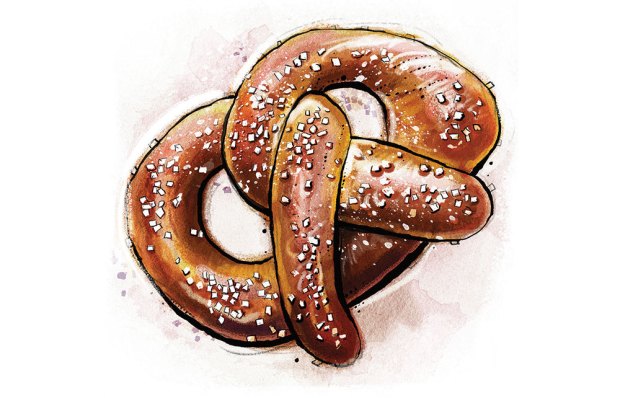Butter was not a major part of my childhood. In fact, I don’t remember it ever being in our fridge. My parents were subject to the saturated fat scaremongering of the 1980s, and consequently believed that butter was the enemy.
Instead, we had spread: margarine, rebranded as a cholesterol-busting alternative to heart-clogging butter. But spread wasn’t so bad. It lubricated my sandwiches and melted on my toast. Spread was everyday. Butter was for high days and holidays. Otherwise, we were all certain to die young.
Butter has always been a bellwether of the British psyche. We want luxury, but only every so often, and only so much – and we don’t want to pay too much for it. As such, butter’s popularity here has waxed and waned; it has been both aspirational and looked down upon. It was reserved for the poorer, farming classes until the Regency period, but then suffered from fear of spoilage during the Victorian era. It was subject to rationing during the world wars. Meanwhile, the 1970s saw butter divide opinion: for many, the Mediterranean diet gave olive oil supremacy, but devotees of the Atkins and keto diets couldn’t get enough of the stuff.
Butter has recently seen a resurgence in popularity. The studies on which the scaremongering was based have been debunked, and instead the benefits of whole foods such as butter are now lauded. At the same time, we are living through the rise of plant-based diets, as well as a cost-of-living crisis, which means butter has never been more expensive.
We’ve all seen our shopping baskets balloon in price lately. But those increases haven’t been uniform. Supermarkets caused a social media storm when they began security–tagging the Danish spread Lurpak as they do sirloin steaks, because it was suddenly a high-value item and therefore a shoplifting risk. The price of a 500g pack of Lurpak has risen by a third in 12 months, with a 1kg tub reaching £9.35 even at budget supermarkets.
What’s interesting is it is butter-oil spreads – a modern hybrid of margarine, butter and vegetable oil, which helps to make it spreadable straight-from-the-fridge – which have been most adversely affected by the hike. It is the oil which is the economic culprit: the British Retail Consortium has blamed Russia’s invasion of Ukraine for the rising price of cooking oils. That seems to be why Lurpak has seen the biggest increase: it has a higher proportion of oil than other brands.
Although this puts true butter in the un-usual position of being cheaper than its alternative, it would be disingenuous to suggest it isn’t also becoming more expensive by the day. The hikes in the cost of fuel, feed and fertiliser have been blamed on a combination of Brexit, Covid and the dearth of European workers on British dairy farms. If those are indeed the root causes, butter’s price increases, while smaller, may be longer-lived.
All of which makes me wonder: how will our relationship with the yellow stuff change? Will eating butter be seen as a luxury? A moral failing? A patriotic must? Still, through its ups and downs, it has maintained an everyman appeal. We talk about ‘bread and butter’ issues. Even if we don’t eat it, we still expect our politicians to know how much it costs. Which was not all that much, until recently.
Got something to add? Join the discussion and comment below.
Get 10 issues for just $10
Subscribe to The Spectator Australia today for the next 10 magazine issues, plus full online access, for just $10.
You might disagree with half of it, but you’ll enjoy reading all of it. Try your first month for free, then just $2 a week for the remainder of your first year.















Comments
Don't miss out
Join the conversation with other Spectator Australia readers. Subscribe to leave a comment.
SUBSCRIBEAlready a subscriber? Log in